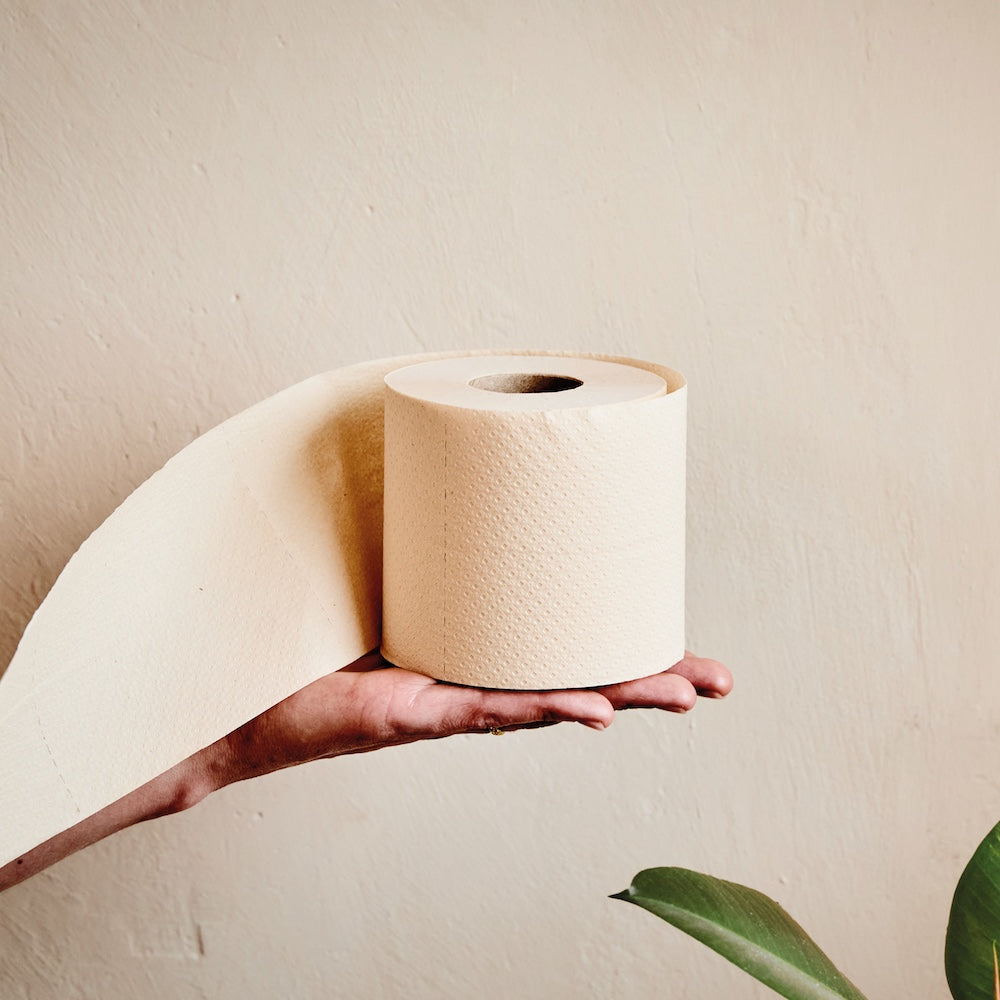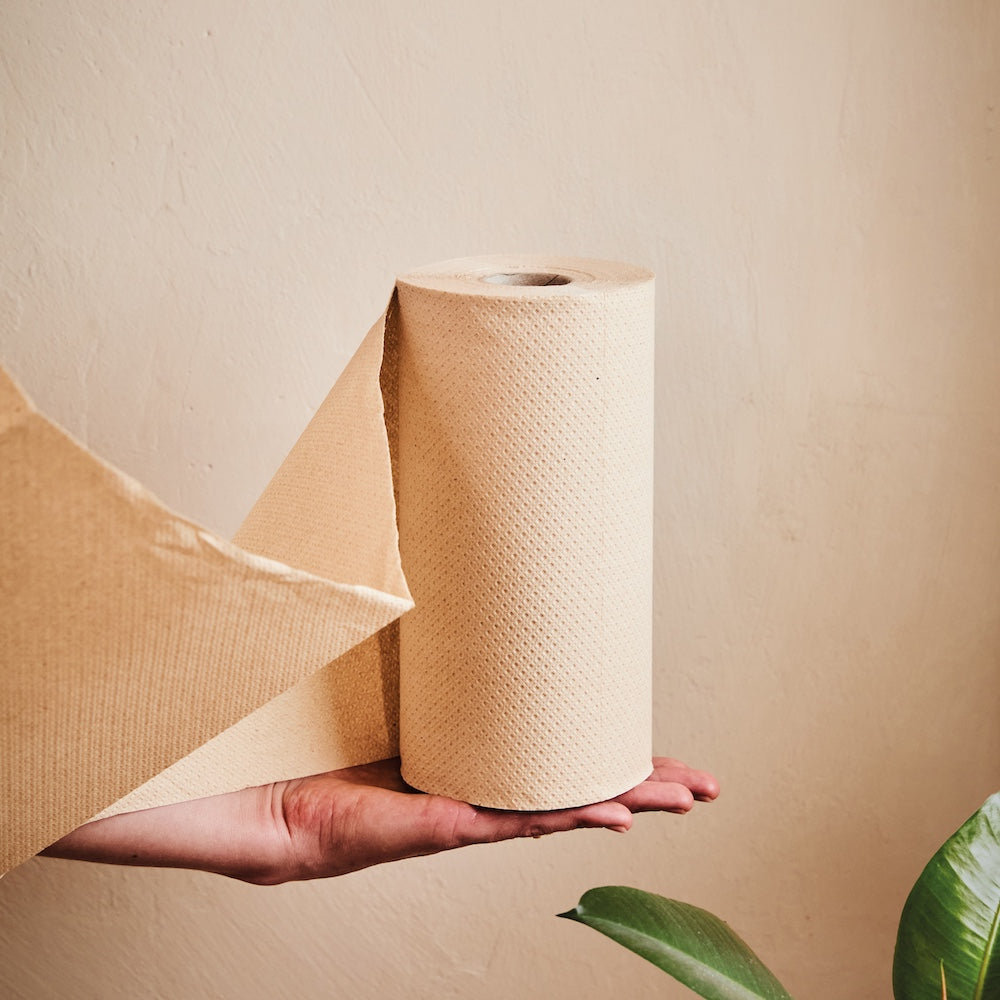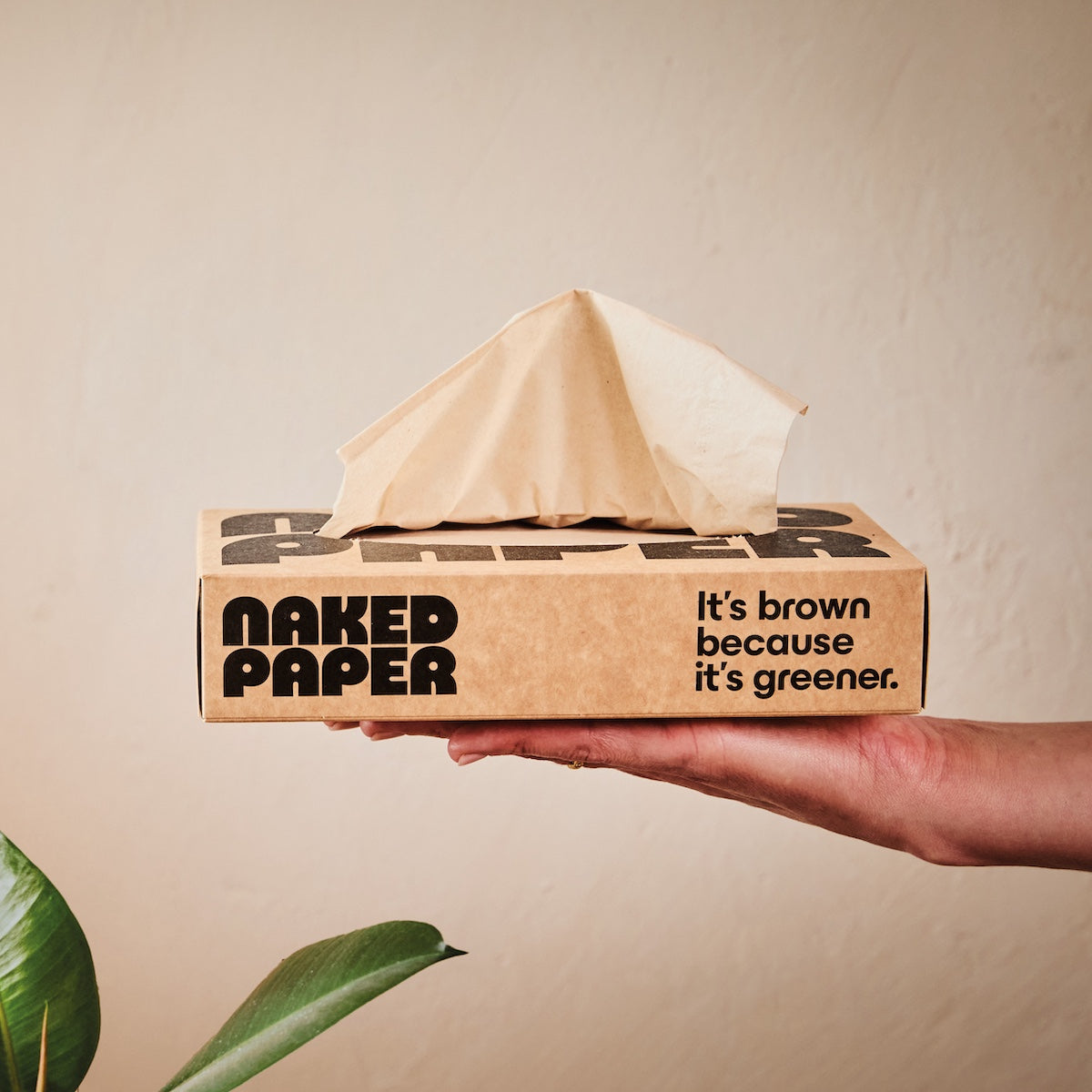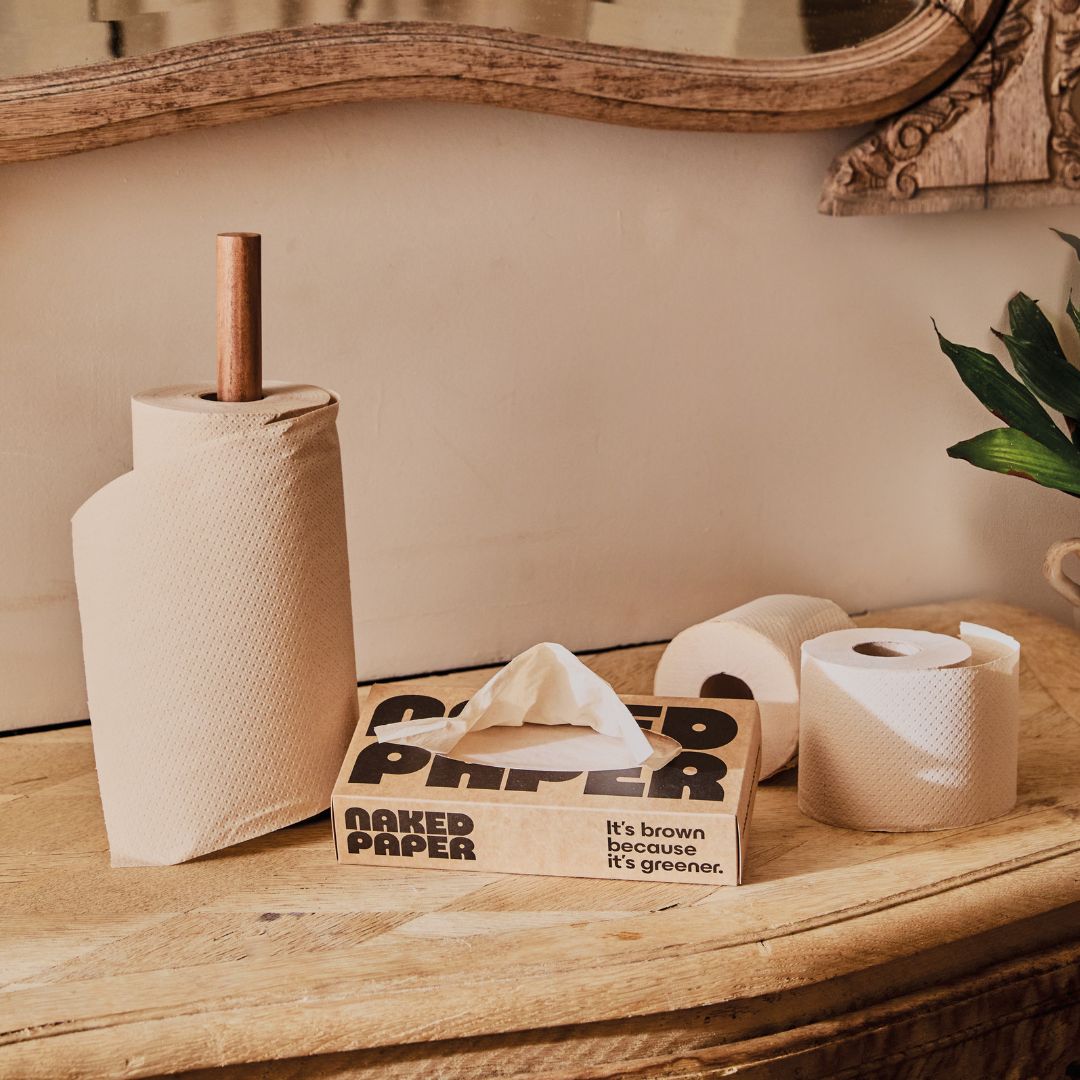Is kitchen roll biodegradable?

Kitchen roll can be put to use in all kinds of daily tasks. We hear from customers who use our bleach-free, resilient towels to clear out chicken coops, fit boilers, and wipe the odd spot of blood in their tattoo parlours. That’s as well as all the daily counter-swabbing and grease-blotting.
It’s fair to say these sheets get around. But where do they go after their work is done? And more to the point – do they break down naturally?
It's a fair question for those of us trying to tread a bit more lightly on the planet. At Naked Paper, we want to make sure our kitchen roll – like our toilet paper and facial tissues – does the job without hanging around in landfill for the next hundred years.
So let’s have a proper look at it.

What does “biodegradable” actually mean?
It’s one of those words that gets used a lot, often with a vague sense of being “good for the planet.” But what does "biodegradable" really mean?
Something that’s biodegradable can break down naturally. The “bio” at the start of the word refers to the tiny living organisms in the natural environment: bacteria, fungi, and other microbes. If these can munch a particular material down into simple, harmless bits until it eventually becomes part of the soil again, that material is biodegradable.
Up until relatively recently in human history, that was most things. Everyday items made from paper, wood, clay, and animal products like wool or bone would return to the earth in their own time. Nature accepts what came from nature.
But since the rise of commercial synthetic plastics in the 1900s, there’s a lot more getting in the way. This family of materials – including plastic, polyester, and nylon – doesn’t break down easily, because the bonds between their molecules are too strong. While a piece of cloth might be recognised as “food” by the microbes responsible for biodegradation, a piece of plastic won’t be.
As a result, plastic stays in the environment – sometimes breaking down into microplastics, but never really going away. Even “bioplastics” made from plant fibres and sugars can be a bit of a grey area; they often require special conditions to break down, which aren't always available where they end up.
So if you’re ever wondering whether something will biodegrade, the simple question to ask is: “Did this come from nature, more or less as-is?” If the answer’s yes, you’re probably on the right track. If not – and particularly if you see any plastic – the answer is likely no.

Is kitchen roll biodegradable?
You’d be forgiven for thinking kitchen roll is just paper, and therefore must be biodegradable. Broadly speaking, that’s true. But there are a few added extras to bear in mind.
The big one – for any type of tissue product – is glue. Kitchen rolls, like their shorter cousins the toilet roll, often have glue in between thin “ply” sheets. This glue bonds the plys together, creating thick, absorbent layers.
In many cases, this glue is derived from gelatin: biodegradable, but not vegan-friendly. So more environmentally conscious companies often turn to PVA instead – a widely-used adhesive derived from oil or coal processing.
If that sounds a bit like plastic, top marks. PVA is a synthetic polymer like plastic. The good news is that PVA has better potential to biodegrade under certain conditions. The caveat? Those conditions may not occur naturally outside of lab environments. So any claim that PVA is biodegradable comes with a healthy asterisk.
At Naked Paper, we keep our tissue vegan-friendly and we don't use PVA either. We use a resin-based glue to bind our plys. And for our kitchen roll we don’t actually use glue at all. The absorbent embossing that we add to our sheets is deep enough to bind the plys together on its own.
As a result, when we send you kitchen roll you know that everything – from the rolls themselves to the box they come in – is designed to break down naturally. We keep our paper unbleached and undyed, and we don’t wrap our kitchen rolls in excessive packaging or plastic.
Even the cardboard core in the middle is made in our own factory, using the same recycled card and paper that goes into our recycled tissue – bonded with our resin-based glue.
It all adds up to bleach-free, plastic-free kitchen roll that gets the job done around your home – and breaks down naturally when its work is done.

Kitchen roll that's kinder to the planet
To sum up: yes, kitchen roll can be biodegradable. But it depends on how it’s made, what’s in it, and how it’s packaged.
We believe that if something is meant to be useful and disposable, it should also be designed to return gently to the earth. That goes for the product and the packaging as well. No fanfare, no fuss – and certainly no plastic wrappings.
Want to try this waste-free wiping workhorse?
Recent blog posts
-

Join our team trip to the factory!
A couple of weeks ago, most of the Naked Paper team packed our bags and headed off to northern Spain to visit the factory where all our soft, sustainable toilet paper, kitchen rolls, and tissues are made. For our founders Tom...
-

Beyond the bog standard: five years of Naked Paper
When we launched Naked Paper five years ago, we expected to stand out. Selling bleach-free, brown toilet paper is a guaranteed conversation starter; we knew people would notice, we just didn’t know if they’d get on board. Companies like Naked Paper...
-

Introducing recycled kitchen roll and tissues
At Naked Paper, we like to think that change can happen in the most everyday parts of life. In fact, the everyday parts of life, like toilet rolls for example, are often the best place to make changes. When daily-use...







